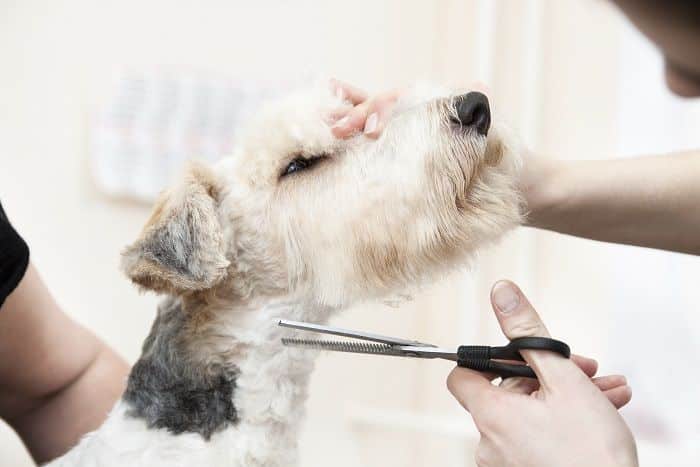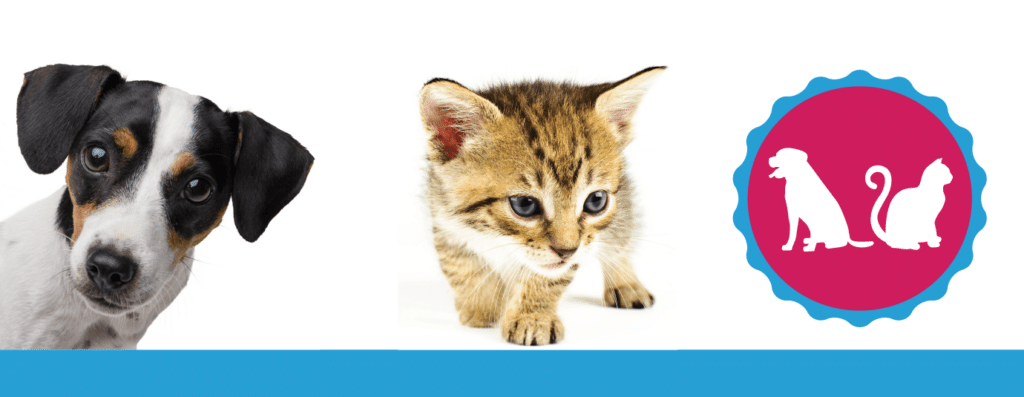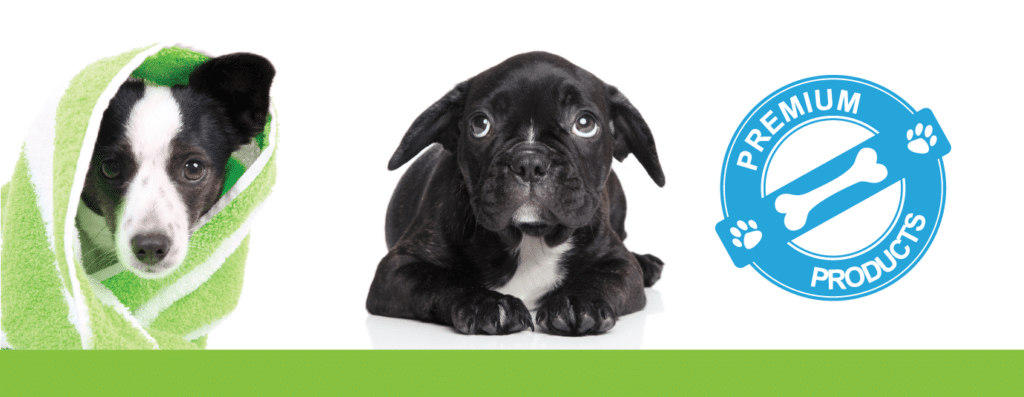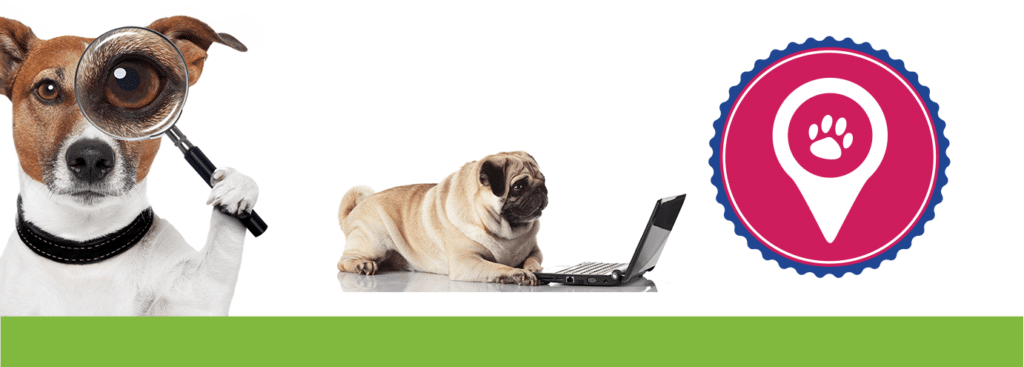Dogs shed as a natural part of life. Their coats naturally build up stronger and thicker for the winter and come out in periods of major shedding about two times a year. Between those two major shedding seasons, your dog will shed regularly throughout the day in order to remove unnecessary, old, or damaged hair from their coat. Regular brushing and dog grooming can help remove excessive hair much faster and keep it from tangling. However, not all shedding is good and it’s important to recognize the signs of excessive shedding in order to catch serious illness earlier on and at a phase where you may be able to defer it or prevent it all together.
 Most Dogs Shed Year-Round
Most Dogs Shed Year-Round
All dogs shed year round, albeit some shed a little less than others. Some dogs shed a lot and some dogs shed a little, depending on the dog breed. In dogs with undercoats, such as most northern-type dogs, you will experience much more shedding than with other dogs because of the presence of an undercoat. Regular dog grooming can help minimize excessive shedding or hair on your floor due to the undercoat shedding process, but there is little to no way to absolutely end shedding unless you get a hairless dog. Even shaving a dog will not stop them from shedding.
The difference between dangerous shedding and regular, everyday, year-round shedding is whether your dog is losing patches or clumps of fur at a time in any specific spots.
Seasonal Shedding
In most northern breeds and all dogs with undercoats, you will experience increased shedding during two times a year around about the same time every year. For these dog breeds, the shedding is usually called ‘blow out’ and at times, you may see large clumps of fur dropping out. You will want to monitor your pet’s shedding and hair loss overtime and observe their coats so you know what looks normal and what doesn’t.
Signs for Shedding to Be Concerned About
Fur loss and shedding look completely different in all dogs and they also signal two different things. Shedding is a normal part of dog grooming and coat health. Fur loss typically comes in clumps and will typically appear in your dog’s coat as spotty or patchy empty spots. Fur loss can be a sign of Cushing’s disease, hypothyroid with your dog, or worse.
It’s important to go to regular dog grooming with professionals just because they know what a healthy coat for most dog breeds looks like. They can also tell you if your dog shows signs of an unhealthy coat or deeper health problems. Some signs to look out for when doing dog grooming include:
- Bald patches or clumps of missing fur
- Dog is tender or resists touch in certain areas.
- Fur is dry or brittle
- Fur breaks or falls out uneven
- Hair loss is accompanied by skin irritation, redness, or other problems
Causes of Excessive Hair Loss
If your dog is experiencing excessive hair loss in your dog may include:
- Allergies. There are so many things your dog may be interacting with that is causing the hair loss and it may include dog grooming including shampoos or soaps. Other allergic reactions may come from food, medications, environmental causes like housecleaners or dog bed materials, or even pest bites.
- Hormones. Your dog hormones may be something that’s playing a part in the difficulty with dog grooming. Thyroid imbalances, or other hormonal issues can be helped with professional care through local vets.
- Stress. If you’ve recently put your dog through a stressful situation like moving, a change of environment, or the loss of a loved one, your dog may be physiologically responding to the stress she feels. You should check with your vets and dog behaviorists and give the dog the support she needs to make it through the situation.
- Skin Condition. Your dog may have contracted something like mange, mites, dermatitis, ringworms, bacterial or fungal infections, or may have developed a skin condition from his parents that causes clumpy hair loss.
Regardless of the reason, if you notice excessive, unsafe hair loss, you should always seek appropriate medical attention.



